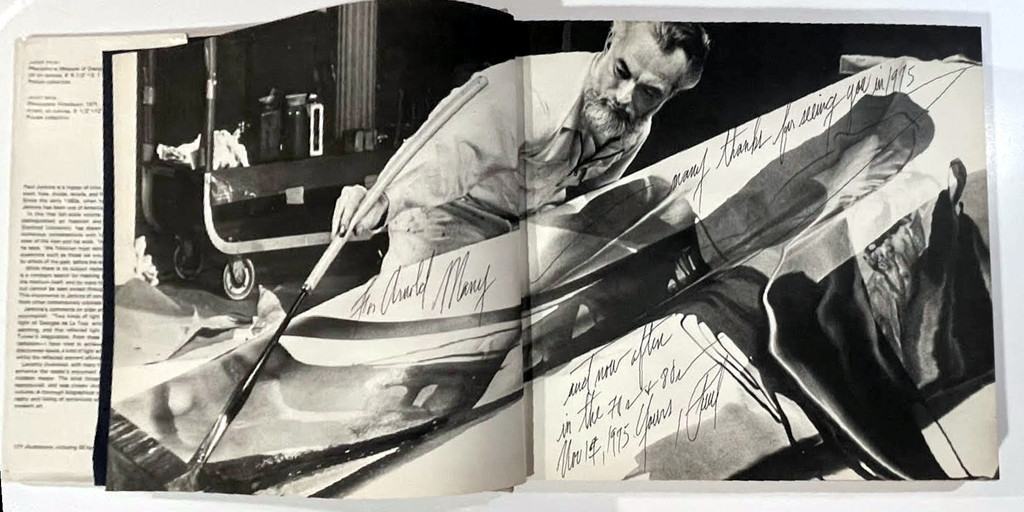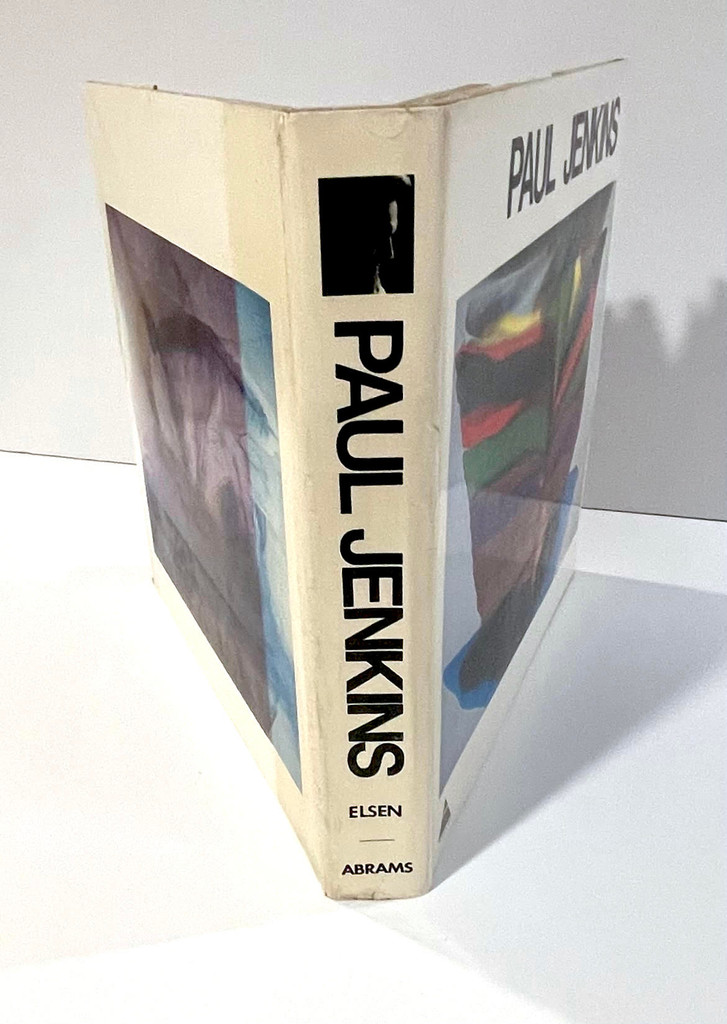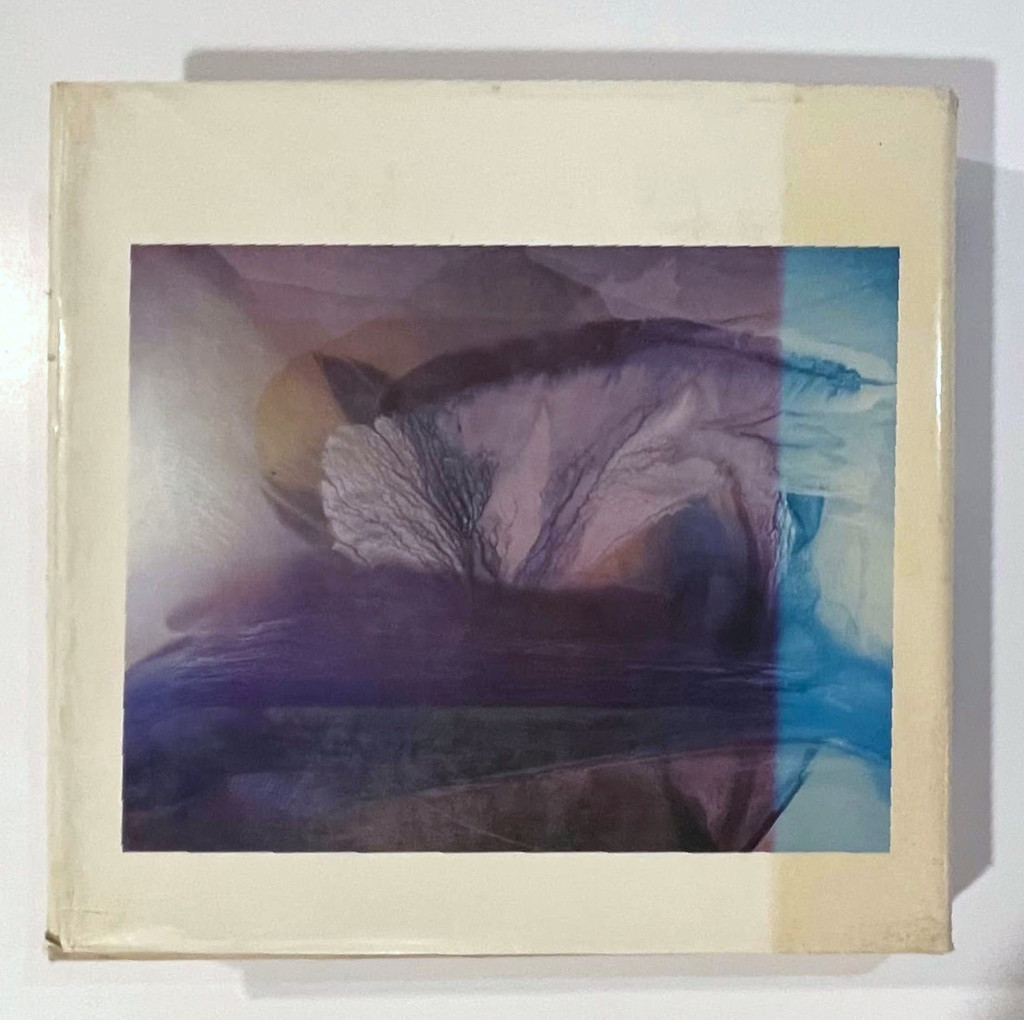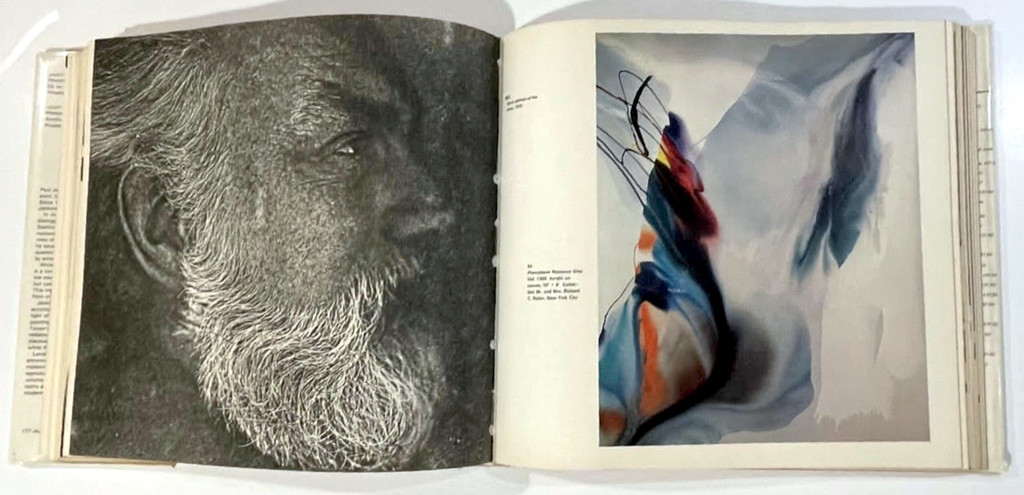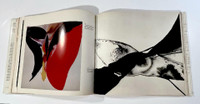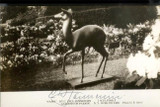
An Educated Collector is Our Best Client
In business for nearly two decades, we are a well established, popular contemporary art boutique specializing in expertly chosen, blue chip prints, multiples, uniques, books, ephemera and merchandise at different price points, with a focus on the secondary market. Please click on the "Contact Us" button at the bottom of this page for questions about any work, pricing and/or to arrange to visit our showroom/gallery - located in between Manhattan's Flatiron and Chelsea Flower Districts.
Description
Paul Jenkins
Paul Jenkins (Hand signed and inscribed), 1973
Hardback monograph with dust jacket (hand signed and inscribed by Paul Jenkins)
Signed and inscribed by Paul Jenkins
11 × 12 × 2 inches
Unframed
The inscription reads:
For Arnold,
Many, many thanks for seeing you in 1975
And now often in the 1970s and 1980s
Yours,
Paul
November 17, 1975
Publisher's Blurb:
Paul Jenkins is a master of color. In his canvases, radiant colors swirl, fuse, divide, recede, and float in exquisite combinations. Since the early 1960s, when he developed his unique style, Jenkins has been one of America's foremost artists. In this first full-scale volume on the artist, Albert E. Elsen, distinguished art historian and Professor of Art History at Stanford University, has drawn on Jenkins's diaries and on numerous conversations with him to create a fully rounded view of the man and his work. "In writing about a living artist," he says, "the historian must remind himself that he should ask questions such as those we would like to have had answered by artists of the past, before the recording of art history." While there is no subject matter in Jenkins's paintings, there is a constant search for meaning expressed within the terms of the medium itself, and for ways to paint something that is there but cannot be seen except through the experience of painting. This importance to Jenkins of conceptual content sets him apart from other contemporary colorists. Jenkins's comments on older art illuminate what he seeks to accomplish: "Two kinds of light have always drawn me. The light of Georges de La Tour, which seems to radiate from the painting, and that reflected light which was most evident in Turner's imagination. From these two sources--reflection and radiation--I have tried to achieve a kind of form in its own discovered space, a kind of light which reveals itself from within, while the reflected element affirms itself from without." With 171 illustrations, including 56 hand-tipped plates in full color.
About this book:
Publisher: Harry N. Abrams, New York, 1973
Hardcover
284 pgs; with 171 illustrations, including 56 hand-tipped plates in full color.
About Paul Jenkins:
Paul Jenkins was an American painter who came to maturity during the reign of the Abstract Expressionists. Born in Kansas City, Missouri in 1923, he studied for a time as a teenager at the Kansas City Art Institute while also working weekends and summers at a ceramics factory. In 1948, after his military service in the US Naval Air Corp, he moved to New York City to attend the Art Students League under the G.I. Bill, studying for four years with Yasuo Kuniyoshi. He remained at the Art Students League until 1952, befriending fellow artists Jackson Pollock and Mark Rothko. Not yet ready to act on the prevailing influences of Abstract Expressionism, he traveled to Europe. Settling in Paris in 1953, he began to translate to a new medium the luminous effects of glazing he observed in ceramics.
In 1955, he returned to New York for a yearlong stay, and in 1956, had his first one-man exhibition in New York with the Martha Jackson Gallery, who went on to represent him for nearly two decades. From that point on, Jenkins would share his time between New York and in Paris throughout his life. Jenkins transitioned to painting in acrylic on canvas in 1960. He applied thinned acrylic to primed white canvas, typically starting at the corners, and manipulated its flow by adjusting the canvas’ position, sometimes also using blade-like devices to direct the paint further. He often used bright, bold colors in his works, and, from 1960, preceded his titles with the word “phenomena.” His paintings are indeed phenomena – something that is impressive and extraordinary. In a 2009 review of his work, Roberta Smith described his paintings as “too beautiful for their own good.” Jenkins worked in this mode for the entirety of his career. He was the subject of two major retrospectives at the Houston Museum of Fine Arts and the San Francisco Museum of Art in 1971-1972. Jenkins’ work received much wider exposure in 1978 when it was featured in the movie An Unmarried Woman. Starring Alan Bates, the movie chronicled the life of a Manhattan artist; the works supposedly done by Bates’ character were actually those of Jenkins, who reportedly spent weeks coaching the actor in the finer points of his working process. Jenkins died in New York City in 2012.
Courtesy of Hollis Taggart


